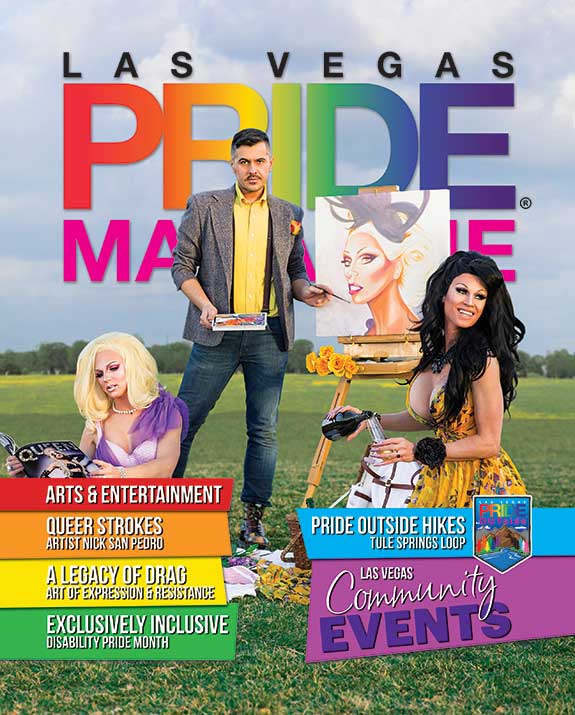The Dazzling Legacy of Drag: Celebrating an Art Form of Expression and Resistance
Article by Las Vegas PRIDE Magazine Staff
Photography by Joshua “JD” Dagon (JD Images)
In a kaleidoscope of sequins, heels, and fierce personas, drag queen entertainment continues to captivate audiences across the globe. Far more than mere spectacle, drag is a powerful art form rooted in centuries of performance tradition, social commentary, and self-expression. Today, amid both adoration and controversy, drag remains an enduring symbol of creativity, resilience, and pride.
The origins of drag can be traced back to the theater of the Elizabethan era, when male actors would don women’s attire to portray female characters, a necessity in a time when women were banned from the stage. The term “drag” is believed to have emerged from these early performances, referring to the “dragging” of skirts across the floor.
However, the drag we recognize today—glamorous, flamboyant, and fiercely individualistic—finds its roots in the 19th and 20th centuries. In vaudeville and cabaret performances, men would often parody femininity in exaggerated and theatrical ways. These performances were not only entertaining but also began to challenge rigid gender norms.

Diva Toxxx
In the 1960s and ‘70s, amid the burgeoning LGBTQ+ rights movement, drag became a form of political resistance and cultural assertion. The Stonewall Uprising of 1969, widely regarded as the spark for the modern LGBTQ+ liberation movement, was led in part by trans and gender-nonconforming individuals, including notable drag performers such as Marsha P. Johnson and Sylvia Rivera.
The evolution of drag into mainstream culture has been nothing short of extraordinary. The 1990 documentary Paris Is Burning introduced global audiences to New York City’s underground drag ball culture. In this world, Black and Latinx queer communities created their own dynasties, styles, and support networks.
RuPaul Charles, one of the most iconic drag queens in history, revolutionized the industry with the 1993 hit “Supermodel (You Better Work)” and later with RuPaul’s Drag Race, which debuted in 2009. The Emmy-winning show has launched the careers of dozens of drag performers, expanding the audience and appreciation for drag artistry worldwide.
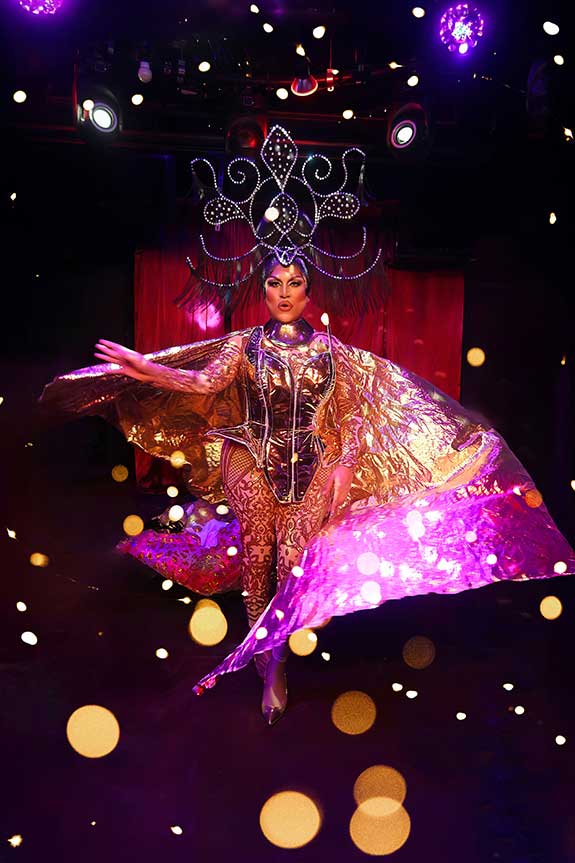
Taeya Mimosa
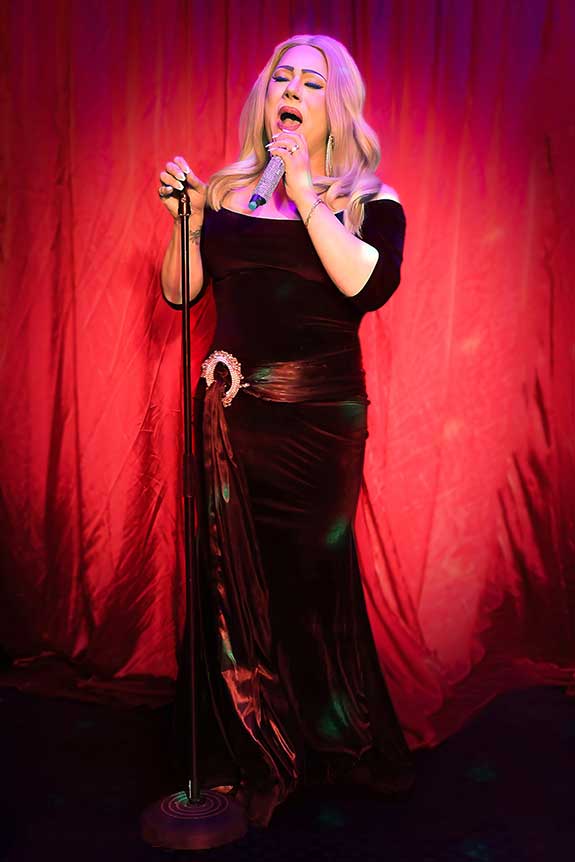
Nadia M Louis
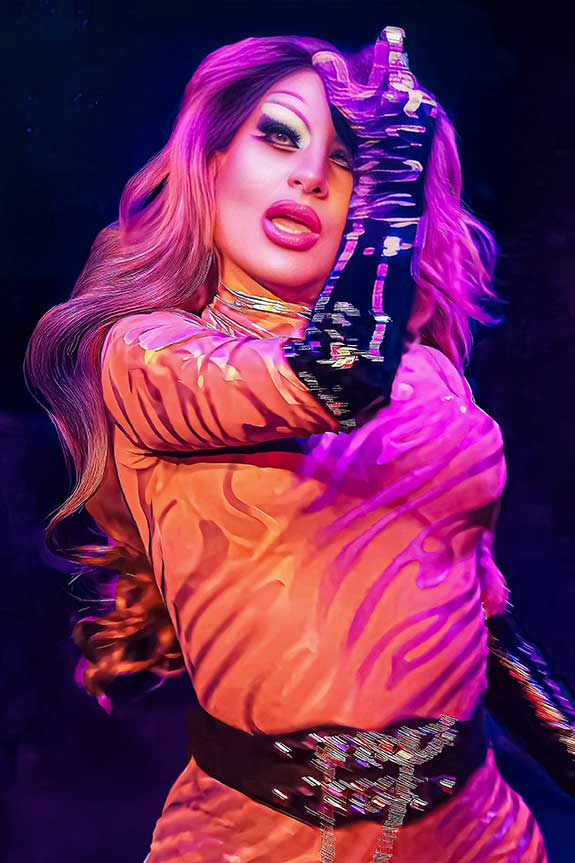
Assma Attack
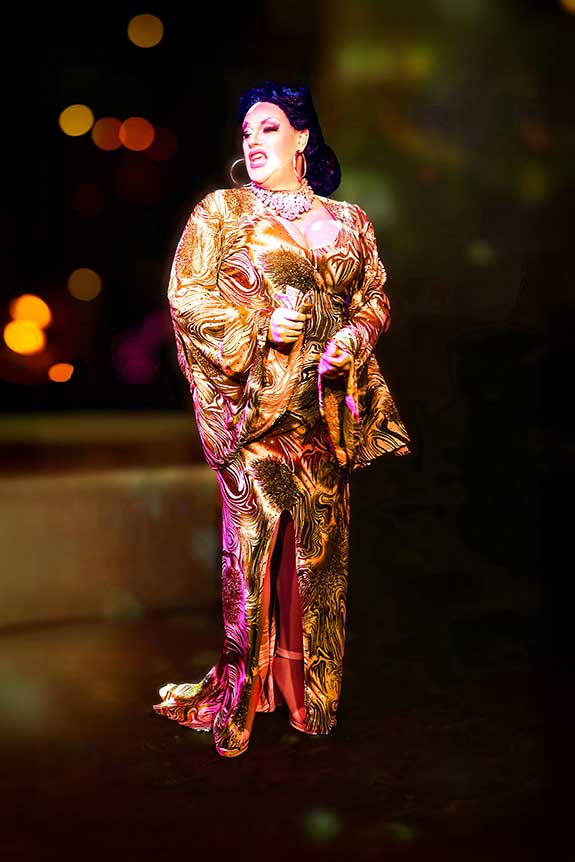
Taeya Mimosa
Drag has also found a place in literature, film, fashion, and even education, with “Drag Queen Story Hours” introducing children to themes of acceptance and self-love through storytelling and dress-up.
The Art of Illusion and Identity
At its core, drag is about transformation; both physical and emotional. It is a celebration of theatricality, makeup mastery, lip-syncing talent, comedy, and dance. But more than that, it is about identity and freedom: the ability to step into a new persona, push against societal boundaries, and express truths that may not be safe or acceptable in everyday life.
Drag artists often serve as cultural commentators, using satire and parody to critique politics, gender roles, and celebrity culture. Their stages become platforms not just for entertainment, but for resistance and awareness.
Despite its widespread popularity, drag has not been without controversy. In recent years, drag performances, particularly those involving children or occurring in public venues, have come under scrutiny by conservative groups. Some critics argue that drag is inappropriate for certain audiences, while supporters maintain that drag promotes diversity, empathy, and education.
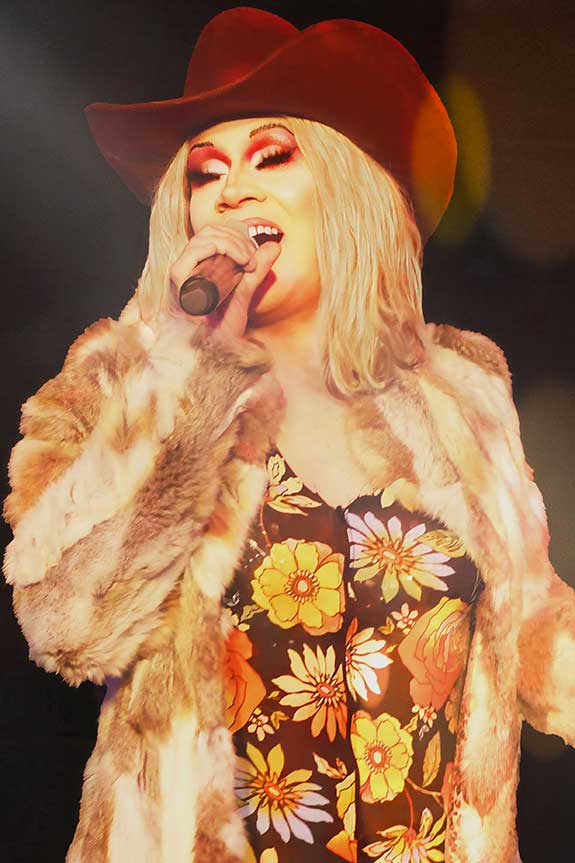
Sunshine
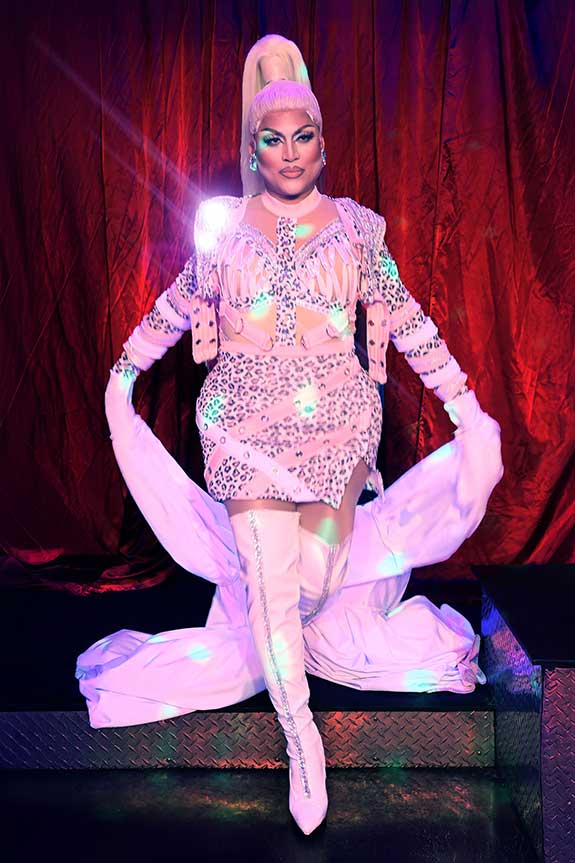
Taeya Mimosa
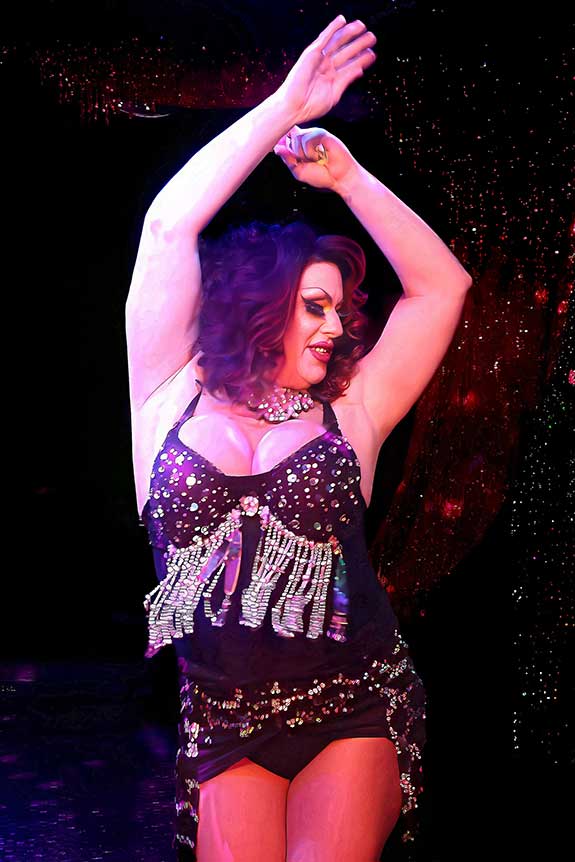
Fanny D. Pack
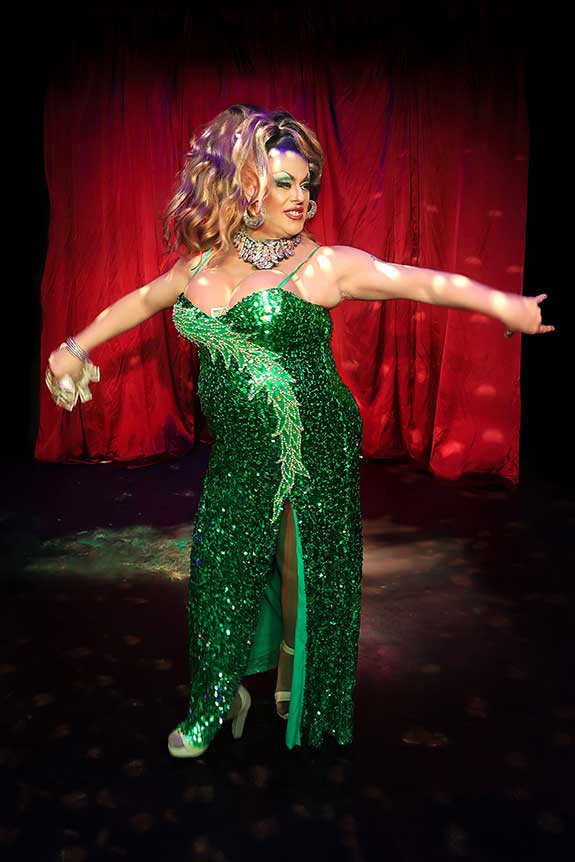
Fanny D. Pack
What’s crucial to understand is that drag, like all performance art, is context-dependent. Age-appropriate drag events, such as library readings or family brunches, are vastly different from adult-only nightclub shows. The conflation of these distinct formats often fuels misinformation and unnecessary panic.
Meanwhile, drag performers continue to face real threats to their safety and livelihood, particularly in regions where LGBTQ+ rights are under siege. Their persistence and artistry in the face of adversity is a testament to the power of self-expression and the importance of inclusive cultural spaces.
Drag queens are more than entertainers; they are artists, storytellers, activists, and icons. Through humor, glamour, and unyielding authenticity, they challenge us to see the world through a different lens—one painted in bold colors, outlined in glitter, and wrapped in courage.
As we continue to navigate conversations about gender, freedom of expression, and representation, drag remains a vital and beautiful reminder: we all have the power to create ourselves, to defy expectations, and to shine fiercely and unapologetically.
This article was originally published in the 2025 Arts & Entertainment Issue of Las Vegas PRIDE Magazine, and can be read in its original format here.

